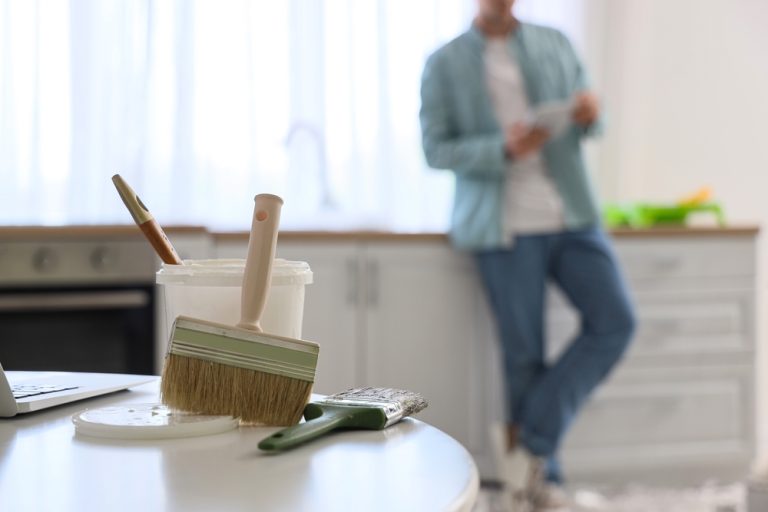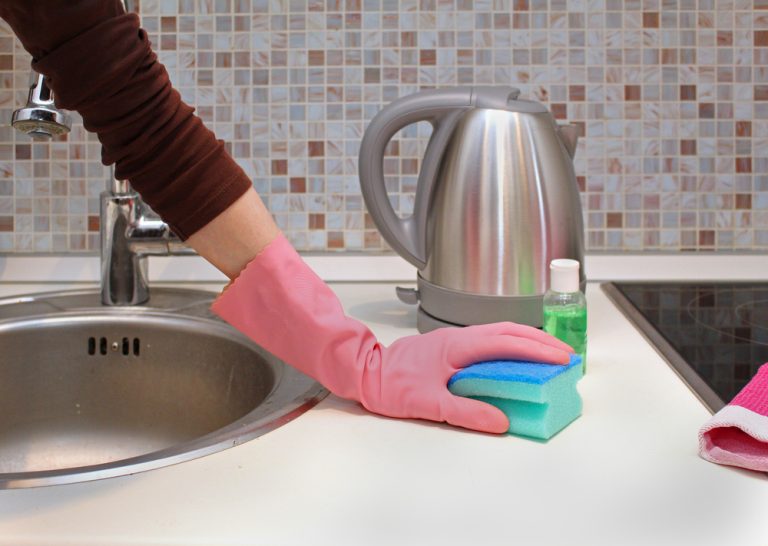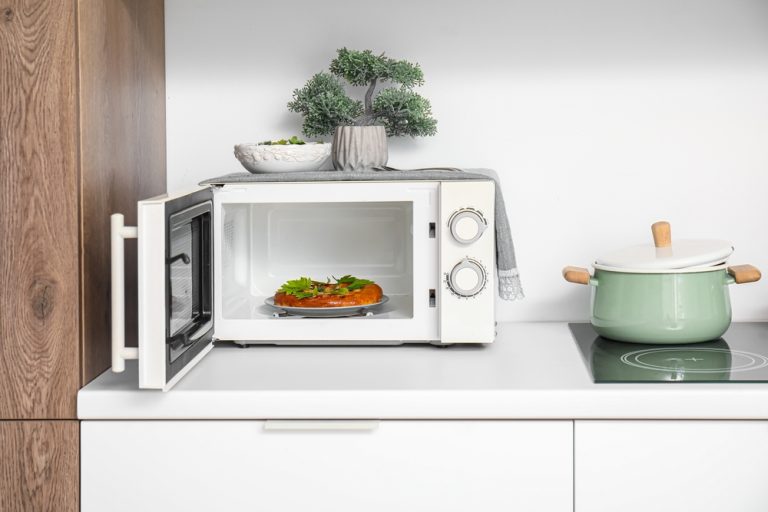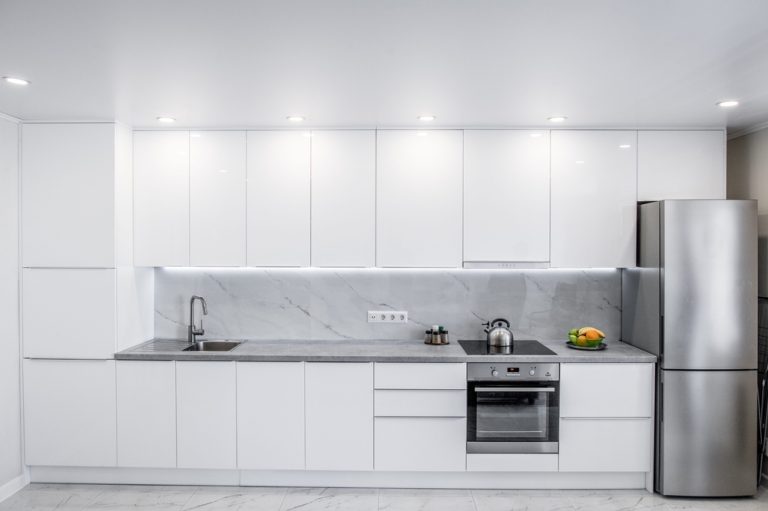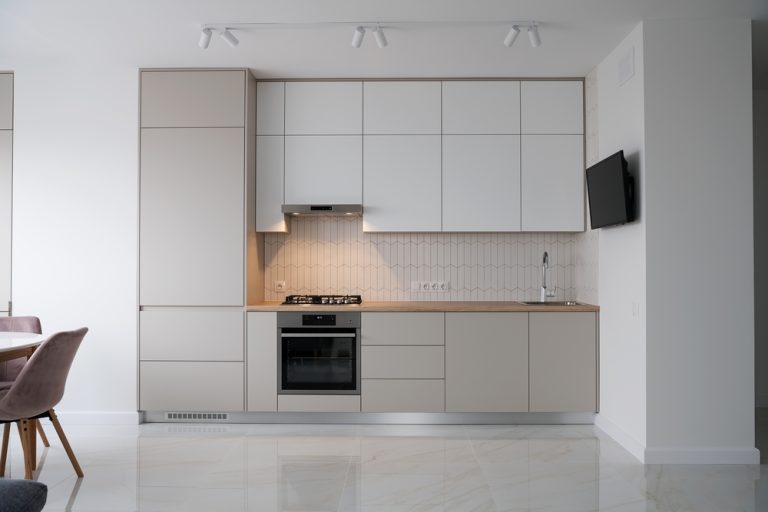Does Medicare Cover Bathroom Remodeling?

As people age or face mobility challenges, making modifications to the home—especially the bathroom—becomes a priority for safety and comfort. One of the common questions that arises is, does Medicare cover bathroom remodeling? While bathroom renovations can be essential for accessibility, the costs can add up quickly.
In this blog, we’ll explore what Medicare does and does not cover when it comes to bathroom remodeling, and alternative options for financial assistance.
Understanding Medicare Coverage
Medicare is a federal health insurance program primarily for people aged 65 and older, as well as for certain younger individuals with disabilities. While Medicare provides broad coverage for medical care, it’s important to know what falls under its umbrella and what does not.
Medicare typically covers medically necessary services such as doctor visits, hospital stays, and certain medical equipment. However, when it comes to home modifications like bathroom remodeling, the situation becomes more complex. Does Medicare cover bathroom remodeling for safety and accessibility needs? The short answer is, not typically—but there are some exceptions and alternatives worth considering.
Medicare and Bathroom Remodeling: What’s Not Covered
In most cases, Medicare does not cover bathroom remodeling. This is because home modifications, even those made for health and safety reasons, are generally considered home improvement projects and not medical services. Medicare focuses on providing coverage for direct healthcare services and durable medical equipment (DME), rather than the costs associated with upgrading or remodeling a home.
For example, if you want to install grab bars, a walk-in shower, or a raised toilet for improved safety and mobility in your bathroom, these changes would fall under home improvements rather than medical expenses. As such, Medicare is unlikely to cover these costs directly.
Why Bathroom Remodeling is Not Covered?
Medicare’s exclusion of bathroom remodeling from coverage stems from the fact that it is categorized as a non-medical expense. According to Medicare’s guidelines, home modifications—even when they improve safety—are not considered necessary for the treatment of illness or injury, which is the standard for Medicare coverage.
Also Read – Are One Day Bathroom Remodels Worth It?
When Medicare May Cover Related Costs?
Although Medicare does not cover full bathroom remodels, there are instances where Medicare may help cover some aspects of improving accessibility. If you require specific durable medical equipment (DME) that can be used in the bathroom, Medicare Part B may cover it.
Durable Medical Equipment (DME)
Medicare Part B covers certain medically necessary DME that can be used to help with mobility and safety in the bathroom. This equipment can be partially reimbursed if prescribed by a doctor as part of your treatment plan. Some examples include:
- Commode chairs: If getting to a bathroom is challenging due to mobility issues, Medicare may cover the cost of a commode chair, which can be placed near your bed.
- Shower chairs: In some cases, Medicare may cover a shower chair if it’s deemed medically necessary for safe bathing.
- Walkers and handrails: If these devices are used to help you get in and out of the bathroom, they may be eligible for coverage.
While these items are not considered part of a bathroom remodel, they can be useful aids for individuals needing additional support in the bathroom. It’s essential to get a doctor’s prescription and ensure the equipment is deemed necessary to qualify for Medicare coverage.
Alternative Funding Options for Bathroom Remodeling
If Medicare won’t cover your bathroom remodel, there are other resources and programs available to help with the cost of making your bathroom more accessible.
Medicaid
Unlike Medicare, Medicaid offers more flexibility in terms of coverage for home modifications, including bathroom remodeling. Medicaid is a state and federal program that provides health coverage for low-income individuals, and some states have programs specifically for seniors and individuals with disabilities.
Medicaid’s Home and Community-Based Services (HCBS) waivers are one way that certain states offer financial assistance for home modifications. If you qualify for Medicaid, you may be able to access funds to cover the cost of installing grab bars, walk-in showers, or other safety features in your bathroom.
Veterans’ Benefits
Veterans who have served in the military may be eligible for assistance through the Department of Veterans Affairs (VA). The VA offers several programs that provide financial assistance for home modifications, including bathroom remodels for disabled veterans. The Specially Adapted Housing (SAH) grant and the Home Improvements and Structural Alterations (HISA) grant are two examples of programs that can help cover these costs.
Non-Profit Organizations and Charities
Various non-profit organizations and charities provide financial assistance to seniors and individuals with disabilities for home modifications. Organizations like Rebuilding Together, Area Agencies on Aging (AAAs), and local community groups often offer grants or low-cost renovation services to help improve accessibility in the home, including bathroom remodels.
Tax Deductions
In some cases, home modifications made for medical reasons may be tax-deductible. If your bathroom remodel is directly related to a medical condition—such as installing safety features to prevent falls—it may be possible to deduct the costs as medical expenses on your federal tax return. Be sure to keep all receipts and consult with a tax professional to determine if you qualify for this deduction.
Planning a Bathroom Remodel with Accessibility in Mind
Even if Medicare doesn’t cover your bathroom remodel, it’s important to consider the design and features that will improve safety, accessibility, and comfort. Here are a few key modifications to think about:
- Walk-in Showers or Tubs: These eliminate the need to step over the edge of a tub, making it safer for people with limited mobility.
- Grab Bars: Installing grab bars near the toilet and in the shower or bathtub can provide extra support and prevent falls.
- Non-Slip Flooring: Choosing non-slip flooring materials is a simple but effective way to reduce the risk of slips and falls in the bathroom.
- Raised Toilets: A raised toilet seat or higher toilet can make sitting and standing easier, especially for individuals with joint pain or mobility challenges.
These modifications can make a significant difference in both comfort and safety, even if they’re not covered by Medicare.
Conclusion
So, does Medicare cover bathroom remodeling? In most cases, the answer is no. Medicare generally does not cover the cost of home modifications like bathroom remodels because these are considered non-medical expenses. However, there are options for partial coverage through Medicare for certain durable medical equipment, as well as alternative funding sources such as Medicaid, veterans’ benefits, and non-profit organizations.
By exploring these options and planning your remodel carefully, you can create a safer and more accessible bathroom even without Medicare coverage.

